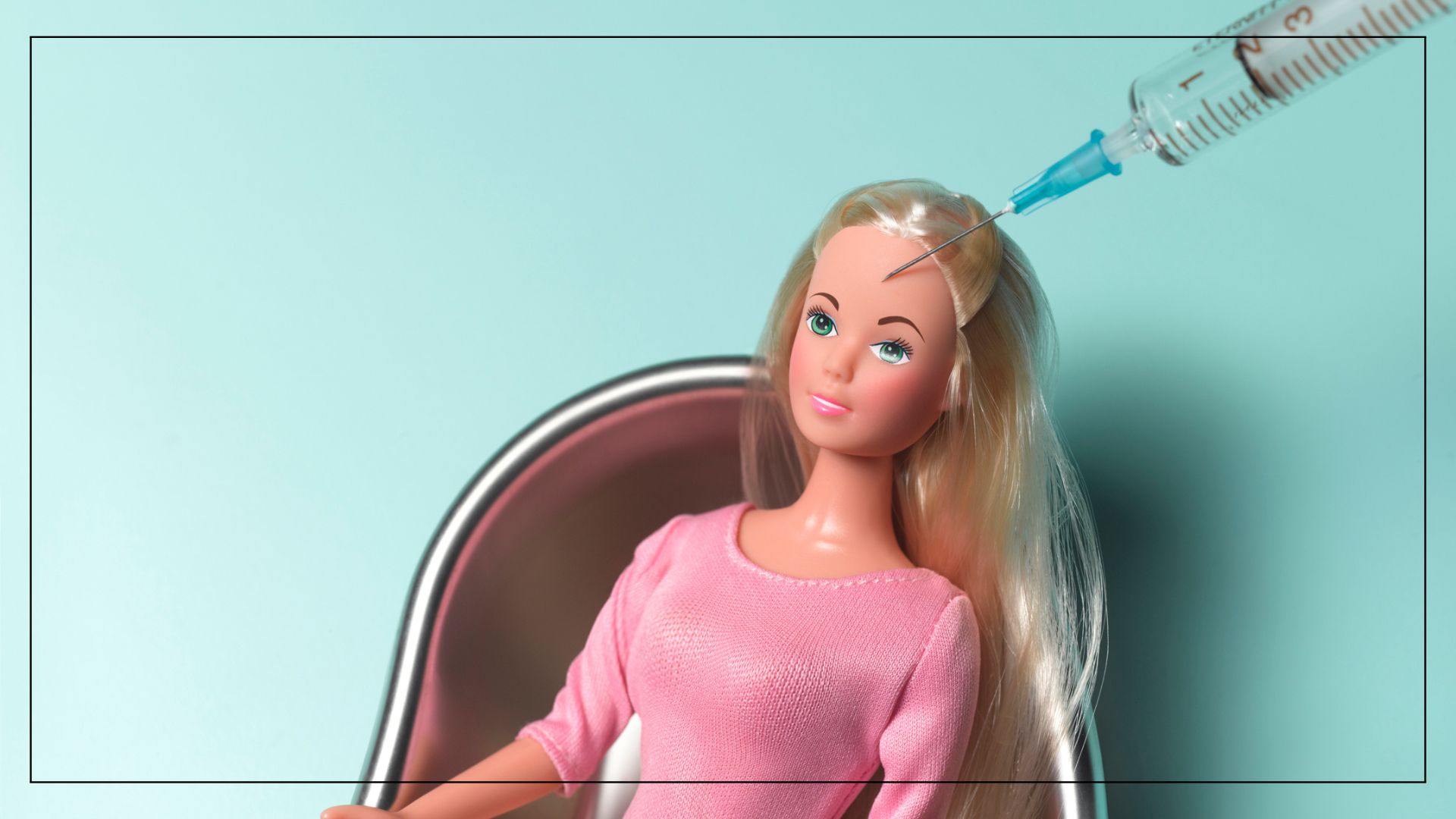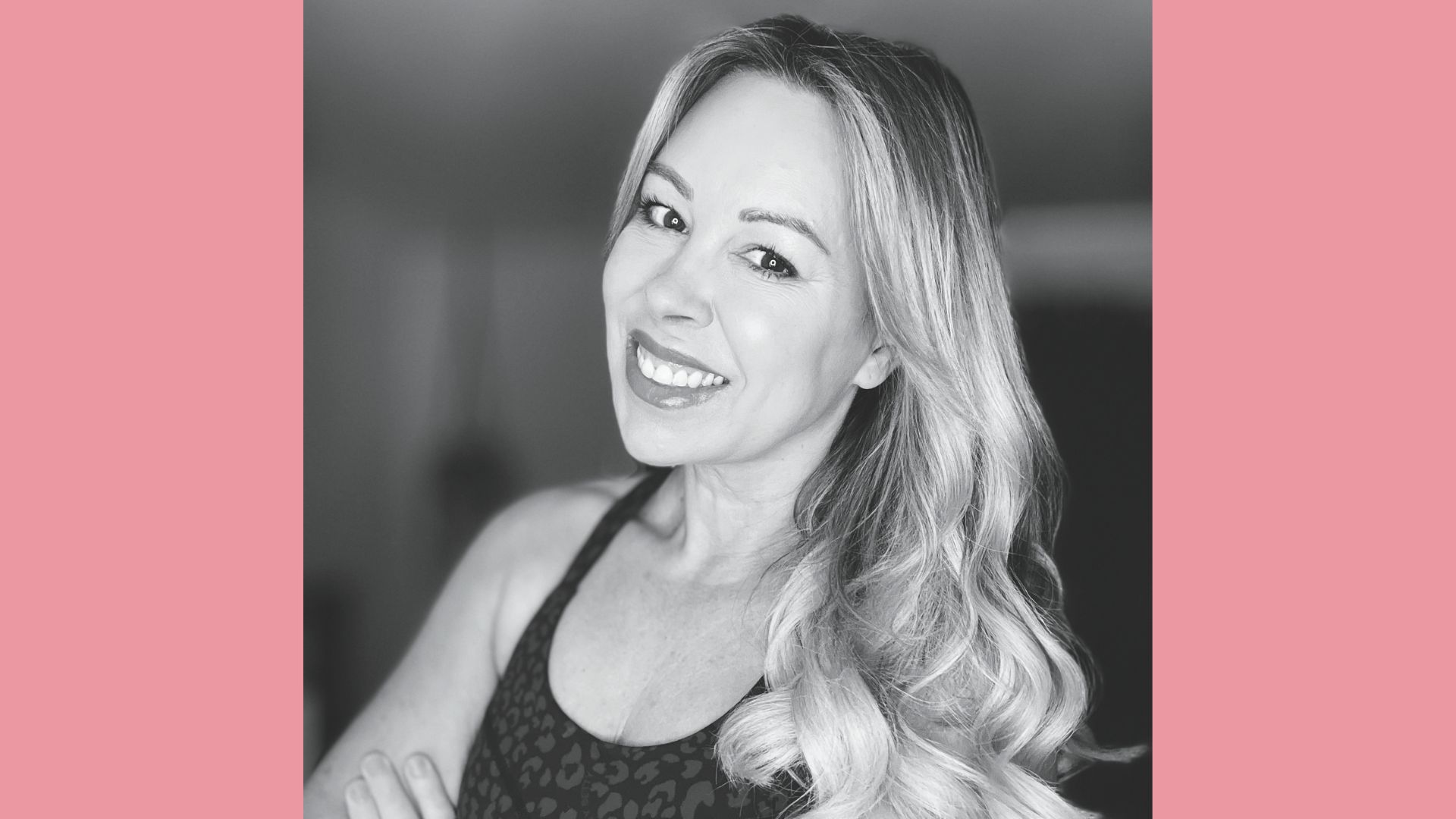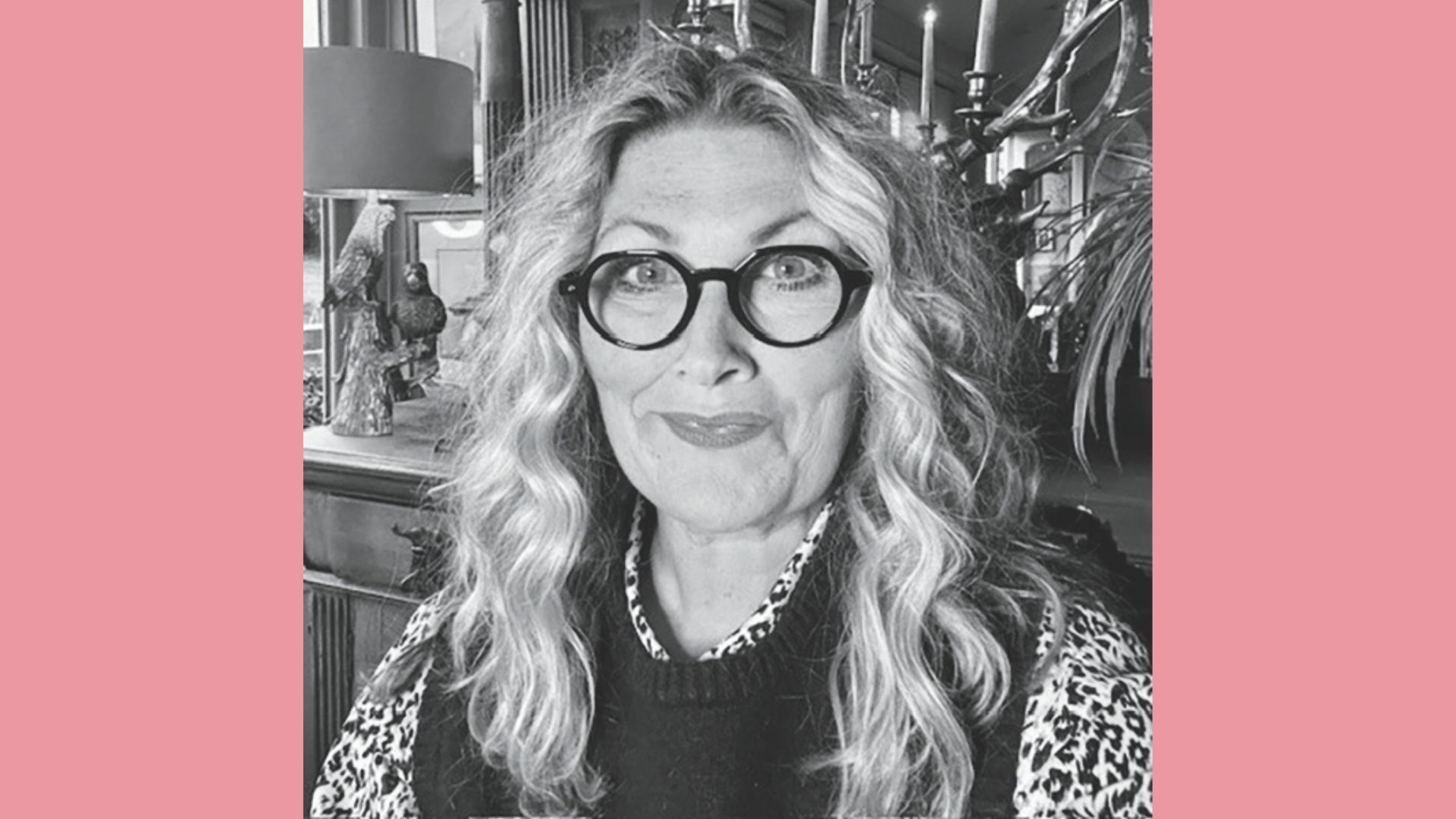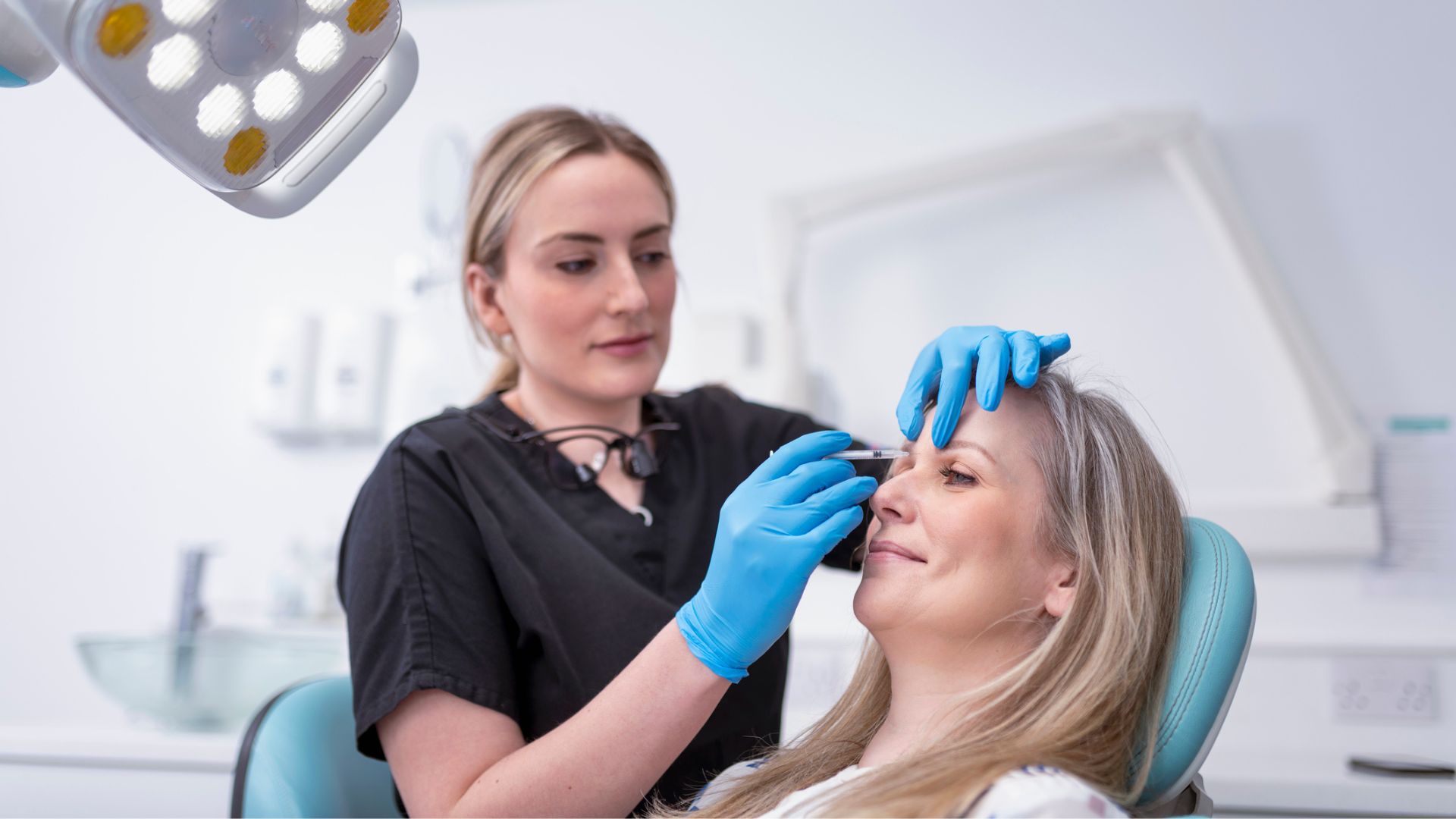Do you fancy a tweakment? Two women debate for and against injectables
If you’ve ever wondered whether injectables are for you, here’s what two women have to say about their experiences


Sarah Cooper-White
Smoother, wrinkle-free skin, once the preserve of celebrities, is now within reach of all who have the desire and money to look younger. There are of course arguments for and against having a 'tweakment', with many women being diehard 'natural' fans, some who are curious but worry about injecting chemicals into their faces and some who are enthusiasts.
While none of us wants a ‘shiny, plasticky’ forehead or inflated cheeks, how many of your friends are having subtle tweakments they’d rather not own up to? An estimated 900,000 Botox injections are performed in the UK each year, according to the UK government. There was a massive 57.8% increase in non-surgical cosmetic procedures from plastic surgeons between 2018 and 2022, although this now seems to be tailing off, as last April, the British Association of Aesthetic Plastic Surgeons reported a slight decrease in cosmetic injectable treatments.
Whether that’s a trend or a blip remains to be seen. More importantly, is it a good option to future-proof your skin? We talk to two women who’ve tried injectables and share their opinions.
Yes: ‘I want to look good, but I don’t want to look 21’


Stephanie Trowell, 51, is a photographer with her own business, specialising in portraiture for private and commercial clients.
"Injectables definitely have a place – if used properly. I have Botox once or twice a year, but only a small amount, so it’s hardly noticeable. For me, it’s about maintenance, preventing wrinkles forming. I am a photographer – an industry that’s all about appearances – but I believe it’s important for self-confidence too, so you can forget about what you look like and concentrate on other things.
"When I book my appointments, I make sure I see a dermatologist I trust, who will be honest and who knows my face well. So many people look in the mirror and think they look worse than they do, so if I turn up at the clinic and ask for a treatment, he may well say to me, ‘You don’t need it.’ I appreciate his honesty. Yes, I want to look good, but I don’t want to look 21."
"I believe it's important for self-confidence"
"I first had Botox aged 40, for my wedding. I had my lines done in the middle of my forehead. They have since gone into atrophy, meaning the muscle was paralysed, and never came back. I can still move my face, it just means the lines aren’t there any more. I’ve never had to have Botox there since. I know this isn’t usual but it was a great result.
"I spend about £400 a year on Botox, mainly around my forehead and eyebrows. I don’t think you need to spend that much if you look after your skin with good skincare. I wear an SPF, even during the winter.
Sign up to our free daily email for the latest royal and entertainment news, interesting opinion, expert advice on styling and beauty trends, and no-nonsense guides to the health and wellness questions you want answered.
"I also started on a good retinol when I was in my late 30s, moving on to tretinoin – a high-strength retinol – when I was around 45, but that’s on prescription. It’s very strong, so you have to work up to it. If you see a good dermatologist, and not a beautician, they will advise you properly – even if it’s once a year, it’s worth investing in. I don’t buy any expensive creams, I don’t even use moisturiser. I use vitamin C and my skin has now acclimatised to retinols. I also use a red light therapy mask in the morning.
"I’m open with friends and family about using Botox, and do not believe it should have the stigma it gets. I don’t look younger than my age because of Botox – it’s a combination of a lot of things. Getting rid of a few wrinkles isn’t going to cut it. And that’s why I don’t listen to other people’s opinions on whether they think it’s a good idea for me or not. At my age it makes sense. I also find the more I exercise – especially weight training – the better my skin is. The more muscle you build, the more it holds everything up. Botox is like the cherry on the pie. Yes, I could live without it, but if I can afford it, I’m going to treat myself."
No: ‘People say it’s OK if it makes you happy, but it didn’t’


Amanda Prowse, 56, is an internationally bestselling author. Her book This One Life is out now
"When I was asked to appear on a TV programme in 2016, I realised I wasn’t happy with the way I looked. I thought my forehead looked like a map of the Nile Delta, whereas everyone else seemed to look fresh and lovely. I was also really overweight and came to the conclusion that if I couldn’t lose weight quickly, I could maybe do something about my face.
"I was completely honest about having treatments, despite pushback from friends and family saying I didn’t need it. I had fillers injected into my cheeks, and Botox injected into my forehead and around the top of my nose. I looked terrible, but it wasn’t so much about the way I looked, but the way it made me feel – which was awful. My skin might have been smoother and shinier, but I wouldn’t say I looked better."
"It has taught me to care less about the way I look"
"On top of that, my skin felt like concrete – which nobody had warned me about. After a month or two it softened, but I had the fillers removed as soon as I could, which was painful and expensive. In my case, the Botox wore off after nine to 10 weeks.
"My lovely cheekbones were lost because I was overweight, and I thought I could have them put back in. But it doesn’t work like that – instead I looked like I had two sausages on top of my cheeks. I spent about £2,000 in total, and it felt frivolous and indulgent. People say it’s OK if it makes you happy, but it didn’t.
"Now, as I approach 60, I have a lined forehead and temples, granny lines on my chin and marionette lines. When I think about people I love who have passed away very young, I remind myself that they would love to be still here and wrinkly. It’s a privilege. I feel like I’ve earned these lines – every smile, frown and tear.
"I might be deteriorating like a lemon in the fruit bowl of life but I’m actually happy about it. I love a face with character. And when I come across people who have had a lot of work done, it’s sometimes hard to read their emotions, which I find sad because human connection is something I value above anything else.
"Of course, if a tweakment or a facelift makes you feel better, I’m not here to judge. I’d never have it done again but I’m glad I did it because it has taught me to care less about the way I look. And, ironically, I think I look and feel better for it!"
Injectables to know
Group Beauty Director Sarah Cooper-White shares her insight on the latest developments in non-surgical tweakments.

Muscle relaxant
A neurotoxin such as Botox (Botox is one of many brand names on the market) is still a great choice if you’re concerned about lines and wrinkles. If it’s carried out by the right practitioner, nobody will even notice you’ve had anything done, as the trick is having subtle amounts injected into areas like the forehead and around your eyes, to leave you looking fresh, not frozen. One area will cost from about £250 and results last three to four months.
Profhilo
Profhilo is also a good option if you want a general glow-up that lasts far longer than the results of a facial. Hyaluronic acid is injected in different areas over the face and the neck, just beneath the skin, to stimulate collagen and elastin, which helps hydrate and improve skin laxity. It’s great for tightening up a saggy neck and results can last up to nine months. One treatment to the face costs from around £350.
Sofwave
Sofwave is another popular treatment that can give great results for skin tightening. It isn’t an injection but uses high-frequency ultrasound waves that heat up the skin to stimulate new collagen to be formed. It’s more expensive than injectables – prices start from over £1,000 for your face – but results can last 12 months or longer.
What's the difference between Botox and fillers?
Botox is the common name for botulinum toxin. It works by blocking signals from the nerves to limit muscle movement, which causes the face to relax and soften, so wrinkles begin to disappear. It’s most commonly used to treat frown lines and above the eyebrows, and works within 10-14 days, typically lasting for three to six months.
Facial or dermal fillers, on the other hand, are also used to treat and prevent facial wrinkles. However, they work differently to Botox, as they’re injected to replace the fat pads in the face that are naturally lost when we age. When sagging skin is tightened and plumped, wrinkles are softened and reduced. Fillers can last six to nine months or more.

Sarah has almost 20 years experience as a beauty journalist. She has written for many well known national magazines, newspapers and brands including Woman & Home, Woman, Woman's Own, Woman's Weekly, Boots, Tesco, ELLE, InStyle, The Mirror, The Sun, Prima and Top Sante.
Find information on injectables as well as other aesthetic treatments at thetweakmentsguide.com. For an accredited practitioner in your area, go to professionalstandards.org.uk

This article first appeared in the January 2025 issue of woman&home magazine. Subscribe to the magazine for £6 for 6 issues.

It’s safe to say woman&home’s Books Editor Zoe West has read a LOT of books. An avid young bookworm obsessed with the misadventures of red-haired orphan Anne Shirley, Zoe never lost her love of reading. The fact she now gets to do it as her job is a constant source of wonderment for her. Zoe regularly interviews authors, writes features, hosts live book events and presents social media reels. She also judges book prizes, which includes this year’s Theakston Crime Novel of the Year and Nero Book Awards.